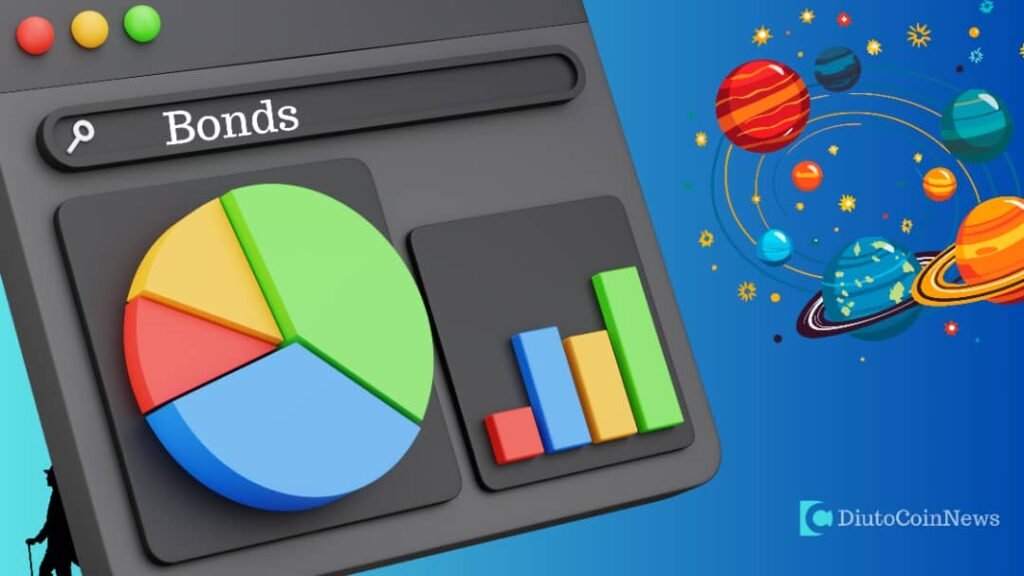NFTs, or Non-Fungible Tokens, are unique digital assets recorded on a blockchain functioning as verifiable ownership certificates for specific items.
What Does “Non-Fungible” Mean?
“Fungible” assets are interchangeable—1 ETH is always equal to another 1 ETH. Similarly, fiat currencies like the U.S. dollar are fungible.
“Non-fungible,” in contrast, refers to assets that are one-of-a-kind and cannot be swapped on a one-to-one basis. Each NFT is distinct, carrying its own value, metadata, and provenance. Think of an NFT as a digital snowflake—no two are alike.
What Exactly Is an NFT?
An NFT is a blockchain-based token that represents ownership of a unique asset. These assets can include:
1. Digital art
2. Music and audio files
3. Tweets or memes
4. Gaming items
5. Virtual land
6. Domain names
NFTs are typically built on Ethereum using token standards like ERC-721 (for individual tokens) or ERC-1155 (for batch minting). It’s important to note that the actual digital file (e.g., the image or song) is usually stored off-chain—what lives on the blockchain is the metadata and the proof of ownership.
Why Do NFTs Matter?
NFTs unlock several benefits:
1. Digital ownership: They enable transparent and secure ownership of digital items.
2. Monetization for creators: Artists and creators can earn royalties automatically through smart contracts.
3. Decentralization: NFTs reduce reliance on intermediaries and centralized platforms.
4. Expanding applications: Beyond collectibles, NFTs are being explored for uses in real estate, event ticketing, identity verification, and more.
In short, NFTs blend scarcity, provenance, and programmability in ways traditional digital content could not.
A Brief History: From CryptoKitties to Beeple
NFTs began gaining attention in 2017 with CryptoKitties, a blockchain game that let users breed and trade unique digital cats. At its peak, the platform congested the Ethereum network due to high demand.
In 2021, NFT hype skyrocketed when digital artist Beeple sold an NFT artwork for $69 million at Christie’s. Since then, NFT marketplaces like OpenSea, LooksRare, and Blur have emerged as platforms to trade art, music, in-game items, and virtual land.
Minting: How NFTs Are Created
Creating an NFT—known as “minting”—typically involves four steps:
1. Upload the file (image, video, audio, etc.)
2. Generate metadata, which includes the token’s name, description, traits, and file location
3. Deploy to a blockchain via a smart contract
4. Mint the token, which assigns a unique ID and owner address
Once minted, the NFT is immutably recorded on the blockchain, and its ownership can be transferred, sold, or displayed.
Ethereum NFTs vs. Bitcoin Ordinals
While Ethereum remains the most popular platform for NFTs, Bitcoin has recently entered the scene with Ordinals—a protocol that allows users to inscribe data onto individual satoshis (the smallest unit of Bitcoin). Although the underlying principles differ, both Ethereum NFTs and Bitcoin Ordinals provide decentralized, verifiable ownership of digital assets.
The Fungibility Spectrum
✓ Cryptocurrencies (e.g., ETH, BTC) = fungible
✓ NFTs (e.g., Bored Apes, Pudgy Penguins) = non-fungible
While both are tradable, only NFTs offer the uniqueness and specificity that lend themselves to artistic, collectible, or personalized use cases.
Pros and Cons of NFTs
Advantages:
• Direct creator monetization via smart contracts
• Decentralized proof of ownership
• Royalties and revenue-sharing options
• Potential for fractional ownership of large assets
Disadvantages:
• Anyone can copy or screenshot the visual content
• Illiquidity—hard to sell certain NFTs without demand
• Hype often exceeds utility in current use cases
Real-World and Cultural Impact
NFTs have already made their mark across mainstream platforms:
✓ Twitter/X experimented with NFT profile pictures
✓ Reddit offered NFT avatars
✓ Instagram tested NFT integration for creators
While adoption has fluctuated, the cultural momentum behind NFTs suggests they are far from a passing trend.
Monetizing NFTs
NFT holders generate income in several ways:
1. Flipping: Buying low and selling high, especially for hyped collections
2. Staking: Locking NFTs to earn passive income (where supported)
3. Fractionalization: Owning a portion of high-value NFTs
4. Utility access: Gaining perks such as event access or game items
Conclusion
NFTs represent a new model of ownership, scarcity, and digital interaction. While speculative hype has cooled since the 2021 boom, the underlying technology remains powerful and flexible. Whether you’re an artist, collector, investor, or builder, understanding NFTs gives you a foothold in the evolving Web3 landscape.
This is still an early chapter. NFTs may reshape how we think about digital property, identity, and value in the decades to come.
Discover more from DiutoCoinNews
Subscribe to get the latest posts sent to your email.












